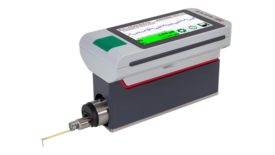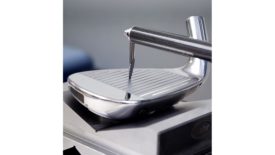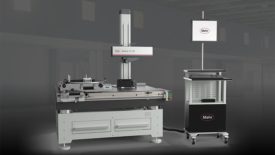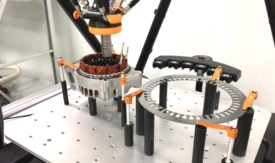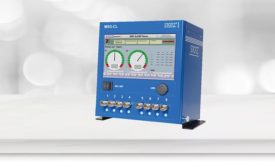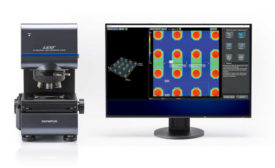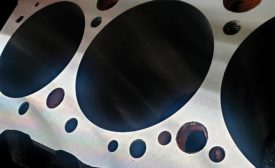Home » Keywords: » surface measurement
Items Tagged with 'surface measurement'
ARTICLES
Quality 101
How Accurate Surface Finish Measurement Improves Product Life and Performance
Here we’ll explore the intricate relationship between surface finish and factors like friction, wear, and fatigue life.
June 10, 2024
Measurement
Ensuring Precision: A Guide to Calibration in Surface Finish Measurement
The calibration process for surface finish units is simple but essential to the manufacturing process.
April 12, 2024
Measurement
The Multifaceted World of Surface Measurement
Whether measuring surfaces for household products or surgical implants, surface finish measurement is necessary to optimize key product attributes, ensure safety, and comply with regulatory standards.
August 22, 2023
Automation Makes Surface Measurement More Reliable in a Production Environment
Automation has numerous benefits for surface finish measurement.
December 14, 2022
Quality Headline
Renishaw’s Advanced Manufacturing Roadshow Makes November stop in Michigan
October 26, 2022
Sponsored Content
White Paper: Interested in Surface Roughness Measurement? Download the Olympus Roughness Measurement Guidebook
January 28, 2021
Hidden Waviness: When Measuring Roughness Cannot Solve Quality Challenges
Roughness and waviness are dictated by each particular application.
June 1, 2020
Stay in the know with Quality’s comprehensive coverage of
the manufacturing and metrology industries.
eNewsletter | Website | eMagazine
JOIN TODAY!Copyright ©2025. All Rights Reserved BNP Media.
Design, CMS, Hosting & Web Development :: ePublishing


